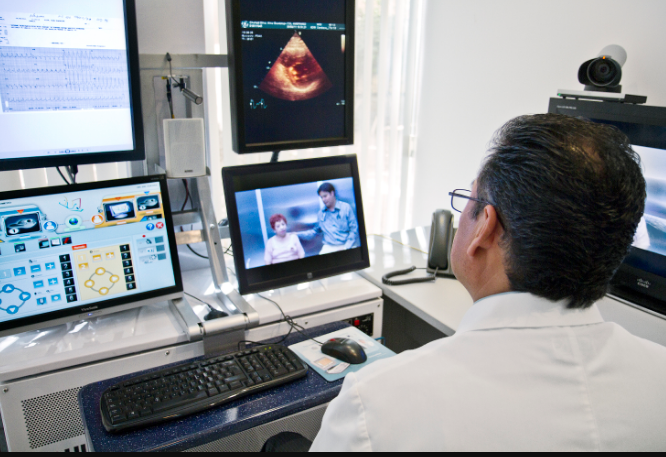Some might say that technology has slowed down our progress, while others within the medical field would wholeheartedly disagree. The healthcare industry in particular has benefited from the many advancements the world has made in regards to technology. Without these advancements, the quality of care provided through remote patient monitoring wouldn’t be nearly as excellent as it is today.
While remote patient monitoring has been offered by healthcare professionals for some time, it never has been able to meet the quality standard it is able to do today. Remote patient monitoring requires systems that provide health care professionals with the opportunity to oversee and care for their patients without a physical visit to their facilities. The systems put in place for these patients allow professionals to track the vitals and information necessary to a patient’s health remotely and securely. The information collected is then shipped back to health care professionals and stored securely in their electronic health records.
Just what type of devices are able to connect to this network, though? Well, blood pressure cuffs, blood glucose monitors, spirometers that can evaluate lung health and even water retention scales for patients with heart disease are just a few of the examples. Patients who opt into remote patient monitoring go on to have a better understanding of how these devices work in connection with their diagnosis. In addition to that, patients feel responsible for ensuring the data their devices are collecting are being accurately and safely transmitted back to their health care providers.
As COVID-19 and its variants continue to limit individuals around the world, the amount of remote patient monitoring that health care professionals have had to provide has increased. Remote care has become as important as it’s ever been and with more and more people continuing to be diagnosed with different chronic conditions, even more care is being required. It’s worth mentioning as well that most peoples’ willingness to visit their doctor or health care providers’ facilities are very low, which lays credence to the amount of patients deferring to remote patient monitoring.
In fact, the success of this method of care is directly related to its effectiveness. Patients with chronic conditions such as high blood pressure, asthma and many other patients have seen improvements in their health related to these conditions as a result of remote patient monitoring. Also worth mentioning, these same patients indicated they had a decreased reliance on the rescue medications they are prescribed as well.
Most importantly, though, is the amount of coverage remote patient monitoring has begun to receive from insurers. As the grind of physicians increases as a result of the pandemic, it becomes harder and harder to provide quality care for each patient in a facility. However, with remote patient monitoring, some stress can be alleviated from these professionals. For more information regarding remote patient monitoring and how it has improved the lives of countless patients, be sure to check out the infographic coupled alongside this post. Courtesy of Pivot Point Consulting.

